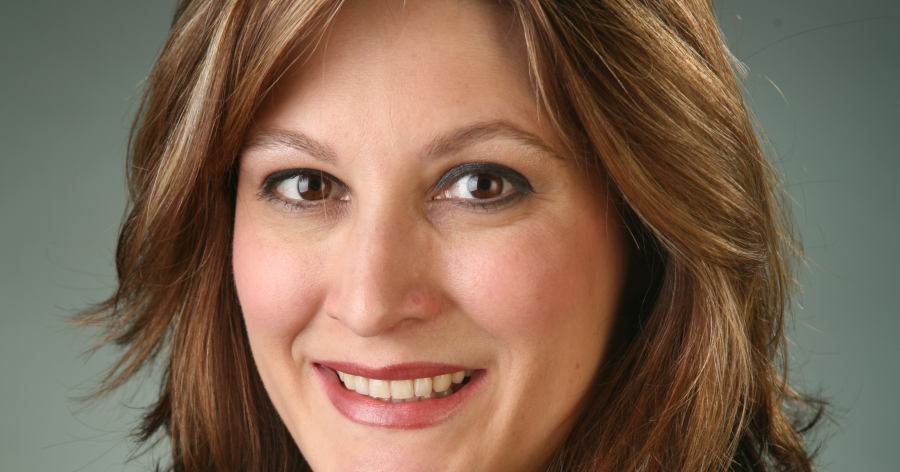Register for the May 6th DPAM CEU workshop. Registration open through May 1st 12:00 PM EST
May 6Auerbach School of Occupational Therapy DPAM Workshop
Join us and learn more about our Occupational Therapy degrees.
May 14 @ 4:00 pm - 5:00 pmVirtual Info Session: Entry-Level OTD

Telehealth uses information and communication technologies to enable healthcare providers to connect with patients at a distance. While telehealth has been slowly gaining traction in healthcare for more than two decades, the Coronavirus is proving to be a tipping point. Social distancing, along with school and clinic closures, has necessitated the use of telehealth to provide health-related services.
Spalding University is nurturing innovation in the areas of both telehealth and distance education.
In 2008, I partnered with Kosair Charities’ Enabling Technologies of Kentuckiana (enTECH) assistive technology resource center, a state-designated assistive technology resource center located on Spalding’s campus, to develop a pilot telehealth program that provided occupational therapy services to young children in rural Kentucky. This was funded through a grant by the Foundation for a Healthy Kentucky. I’m proud that this early research, as well as my work with national and international organizations, has contributed to the global advancement of telehealth.
Other Spalding faculty and staff who are fluent in telehealth are preparing students “to meet the needs of the times” – a tenet of Spalding’s mission. Here are examples of other ways the university is embracing telehealth delivery and educating students about it:
- Dr. Norah Chapman, Associate Professor in the School of Professional Psychology, has evaluated evidence-based telepsychology interventions.
- Students pursuing the Auerbach School of Occupational Therapy’s Assistive and Adaptive Technology Certificate or post-professional Doctor of Occupational Therapy (OTD) degree can acquire telehealth competencies through an interdisciplinary online course – Introduction to Telehealth. Students learn about telehealth terminology, technologies, standards and guidelines, practice considerations, clinical applications and telehealth outcome research.
- All Spalding graduate students in a health-related field will have the opportunity to take the course, Introduction to Telehealth, as an elective beginning in Fall 2020. In addition, telehealth-related educational content for healthcare administrators, clinical directors, and undergraduate students is on a fast-track development.
- Spalding is also meeting the needs of the times via its on-campus Comprehensive Outpatient Rehabilitation Facility (CORF), which provides coordinated, multidisciplinary rehabilitation services. In response to the coronavirus and need for social distancing, CORF administrators are exploring telehealth as a way to continue to provide high-quality physical therapy, occupational therapy, speech therapy and social work services.
- The School of Professional Psychology’s Center for Behavioral Health is also implementing telehealth services. Additionally, the School of Professional Psychology is making telehealth delivery available to all practicum students for continuity of care.
The coronavirus has necessitated the rapid adoption of telehealth across all healthcare sectors. As a result, it has forever changed the landscape of how health-related services are delivered.
Spalding University is proud to live its mission as “a diverse community of learners dedicated to meeting the needs of the times.” Assuring that our students in health-related fields are provided with opportunities to graduate as competent users of telehealth is just one of the many ways we are fulfilling our mission and meeting the needs of the times.
The future is now, and Spalding is leading the way.
Dr. Jana Cason, DHSc, OTR/L, FAOTA, is a professor in the Auerbach School of Occupational Therapy. She was the recipient of the 2019 Emerging and Innovative Practice Award by the American Occupational Therapy Association for her work and research on telehealth in OT.
Register for the May 6th DPAM CEU workshop. Registration open through May 1st 12:00 PM EST
May 6Auerbach School of Occupational Therapy DPAM Workshop
Join us and learn more about our Occupational Therapy degrees.
May 14 @ 4:00 pm - 5:00 pmVirtual Info Session: Entry-Level OTD